Let's start by understanding what saturated fats are. They are fat molecules found primarily in animal-based products.
Their molecular structure differs from those in that each carbon atom is fully "saturated" with hydrogen atoms, making them solid at room temperature, unlike their unsaturated counterparts.
But why should we even bother with these fats at all? Well, that's where the controversy lies.
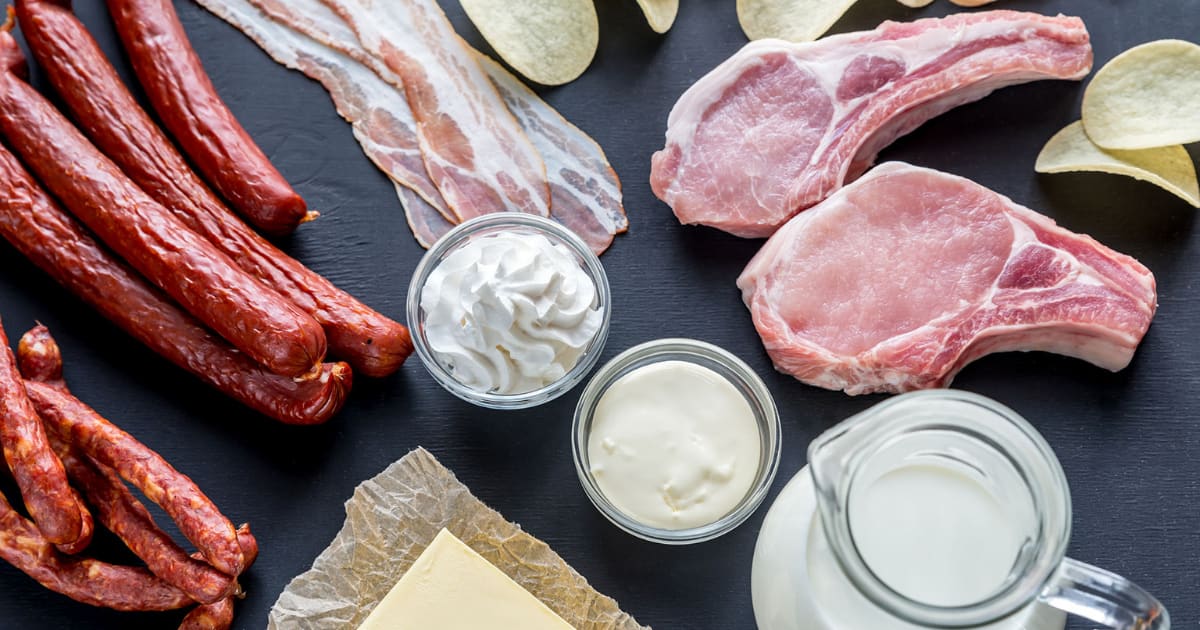
The Controversy Surrounding Saturated Fats
For decades, saturated fats have been at the center of a fierce debate among nutrition experts.
Some claim they're bad for you, raising cholesterol levels and contributing to heart disease. Others argue they're not quite what they're made out to be. In reality, however, things are more complicated than that.
Recent studies suggest that not all of them are created equal. While some might cause adverse health effects, others could be relatively harmless.
Monitoring your saturated fat intake is still important, as too much can harm health.
This brings us to the essential part of our article - identifying foods with high levels of saturated fats.
The importance of identifying foods with high levels of saturated fats
Understanding saturated fat levels in foods is critical for understanding their sources.
By now, you may be wondering why it is so important to be aware of foods high in these types of fats.
The primary reason is that too much consumption of them can increase LDL (low-density lipoprotein) cholesterol.
High LDL cholesterol has been linked to an increased risk for heart disease and stroke; thus, understanding which foods to steer clear of helps you make healthier choices and protect your heart over time.
Chemical Structure of Saturated Fats
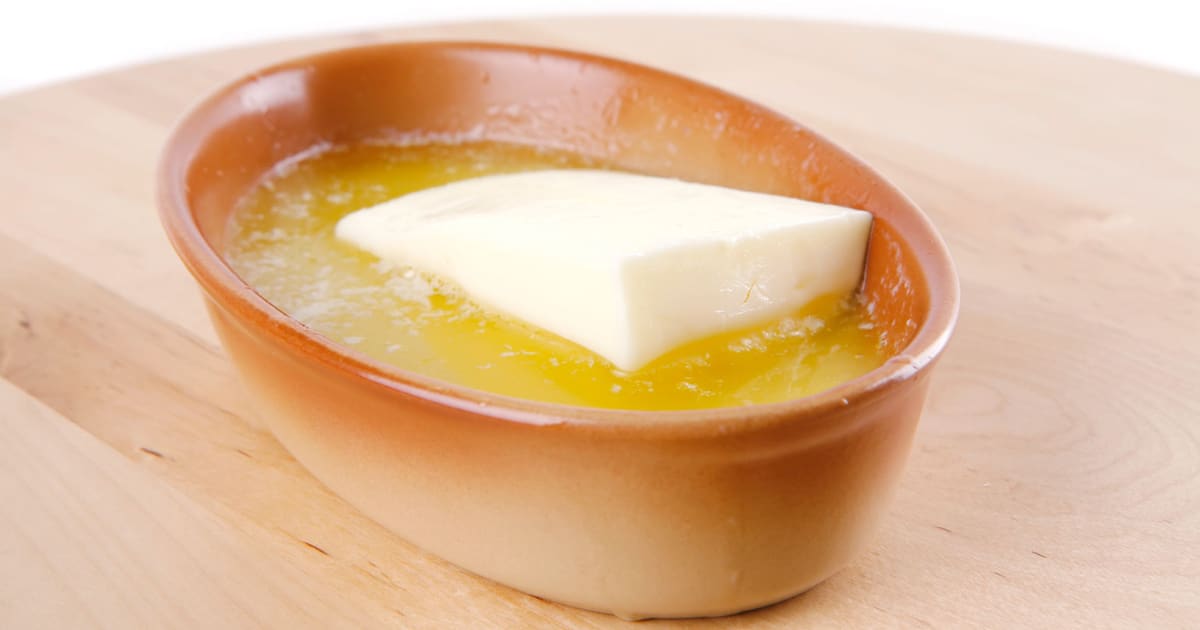
Saturated fats have a chemical structure similar to that of saturated oils. So let's take a closer look at what makes saturated fats unique.
Their chemical structure is relatively straightforward: they consist of chains of carbon atoms that have been "saturated" with hydrogen atoms, leaving no double bonds between the carbon atoms.
This results in a highly linear and tightly packed molecular structure compared to their unsaturated counterparts, which tend to be liquid at room temperature.
Remember when butter was solid on your counter? That firmness is indicative of saturated fats!
Health Effects Of Consuming Too Much Saturated Fats
Let's get to the point: Eating excessive amounts has been linked to an increased risk of heart disease, stroke, and other cardiovascular issues.
How? Well, when your body consumes too many saturated fats, LDL cholesterol (the "bad") in your bloodstream may rise - leading to plaque buildup in arteries - not a pleasant place!
However, not all of them are created equal. For example, some research suggests certain types, like those found in coconut oil or dark chocolate, might not harm heart health as much as others.
Regardless, moderation is vital to keeping your body functioning optimally.
Recommended Daily Intake of Saturated Fats
Aim for a daily intake of saturated fats of no more than 13 grams per day.
How much is too much? According to the American Heart Association, saturated fats should make up no more than 5-6% of your daily caloric intake.
That means if you consume 2,000 calories a day, that would equal 13 grams of it.
Foods High in Saturated Fats
When reducing your saturated fat consumption, you must be aware of the foods highest in this type of fat.
These could include animal-based products, processed foods, and certain oils and fats.
Here is a comprehensive list of high-saturated-fat items so you can make informed choices about your dietary intake.
1. Meat and Poultry

When selecting meat or poultry for your diet, you must know that not all cuts or types are equal. While some options are leaner, others can be high in saturated fat.
To help you make informed decisions about what works best for your dietary needs, we'll break down some common cuts of both to provide you with helpful information.
Beef
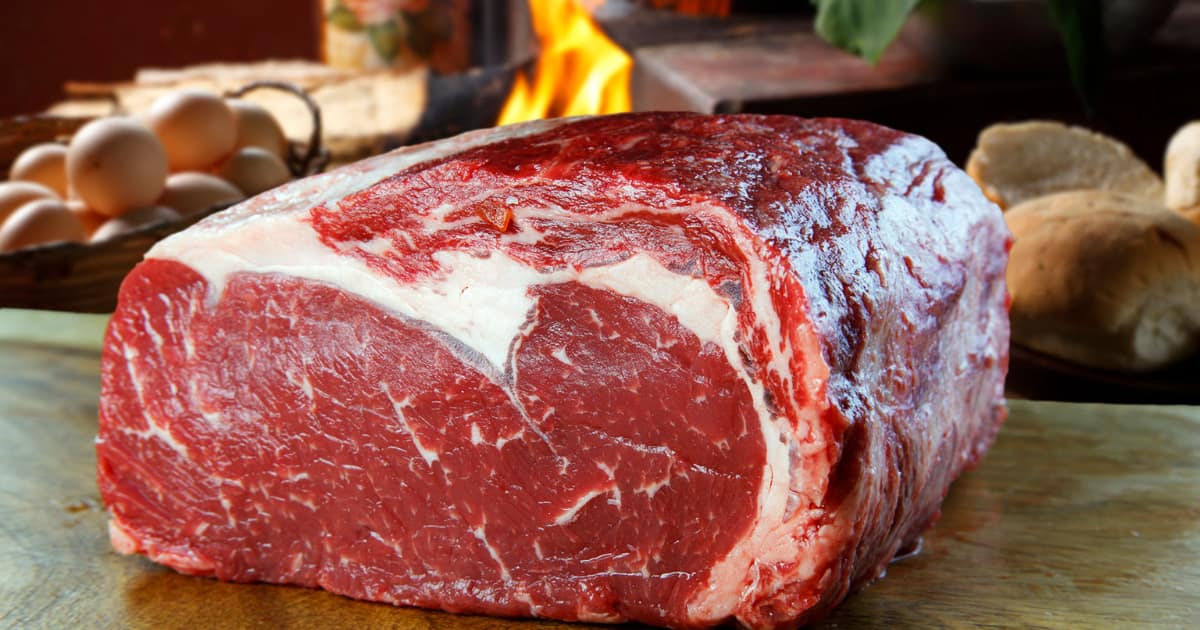
Beef is a delicious option, but its saturated fat content varies depending on the cut.
For instance, the prime rib can have up to 15 grams of saturated fat per 3-ounce serving, while the top sirloin only has 3 grams.
When shopping for beef, opt for leaner cuts like the eye of round, top sirloin, or tenderloin to reduce intake.
Moreover, trimming visible fat and choosing grass-fed beef further reduce this dietary impact.
Lamb

Lamb is incredibly flavorful but can be high in saturated fat if not appropriately handled.
A 3-ounce serving of lamb chops contains 8 grams, while a leaner cut, like a leg of lamb, only has 4 grams.
Like beef, opting for lean cuts and trimming visible fat can help minimize unhealthy fat intake.
Pork
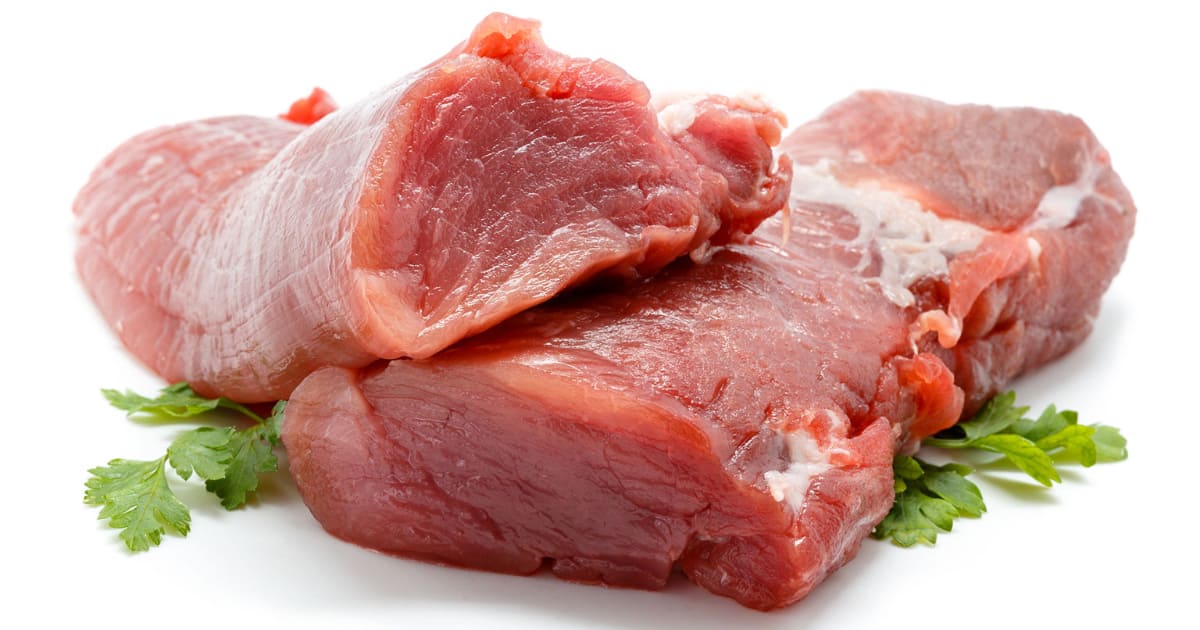
Pork packs a nutritional punch when it comes to saturated fat content.
A 3-ounce serving of pork ribs contains 9 grams, while pork tenderloin only has 1.5 grams.
When shopping for pork, opt for leaner cuts like tenderloin, loin chops, or sirloin roast, and remove any visible fat before cooking.
Chicken

Chicken has become a go-to in many households due to its versatility and relatively low saturated fat content.
A 3-ounce serving of skinless chicken breast contains only 1 gram, making it an excellent lean protein source.
However, eating poultry with its skin on can drastically increase its saturated fat content.
Dark meat options like thighs or drumsticks contain more than white meat, so opt for leaner options like skinless white meat cuts instead.
Turkey
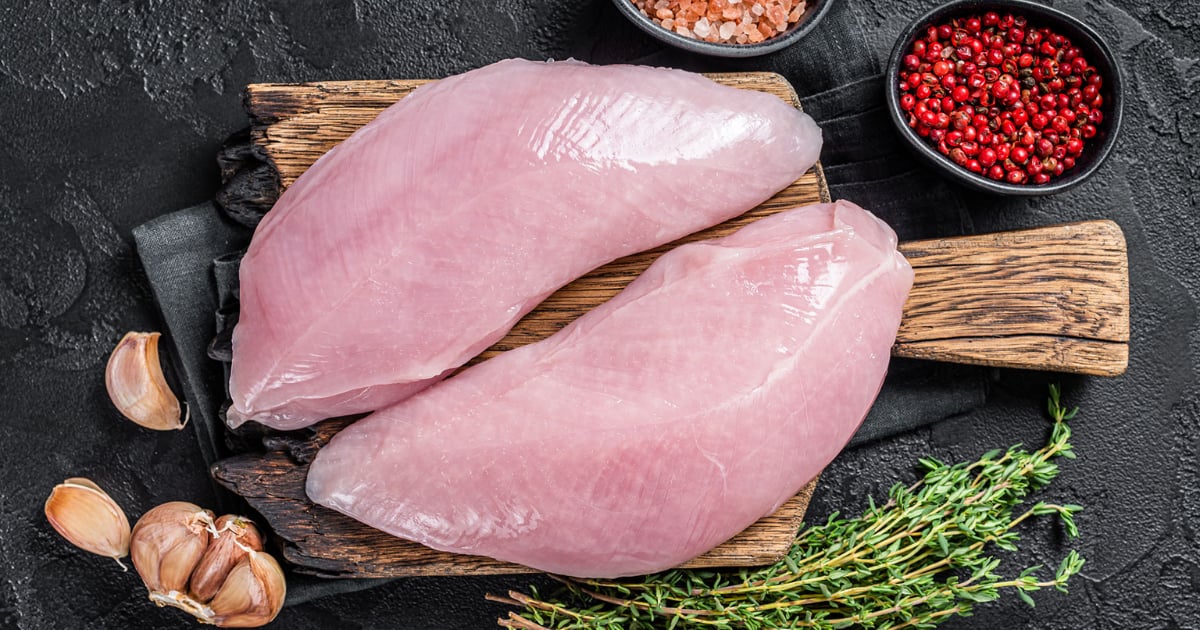
Turkey is an excellent lean protein source that can be a great addition to a nutritious diet.
A 3-ounce serving of skinless turkey breast contains only 0.5 grams, although eating turkey with its skin on or opting for dark meat will increase this number.
When selecting turkey products, choose skinless white meat options rather than processed sausages and deli meats, which may contain high saturated fat and sodium levels.
2. Dairy Products
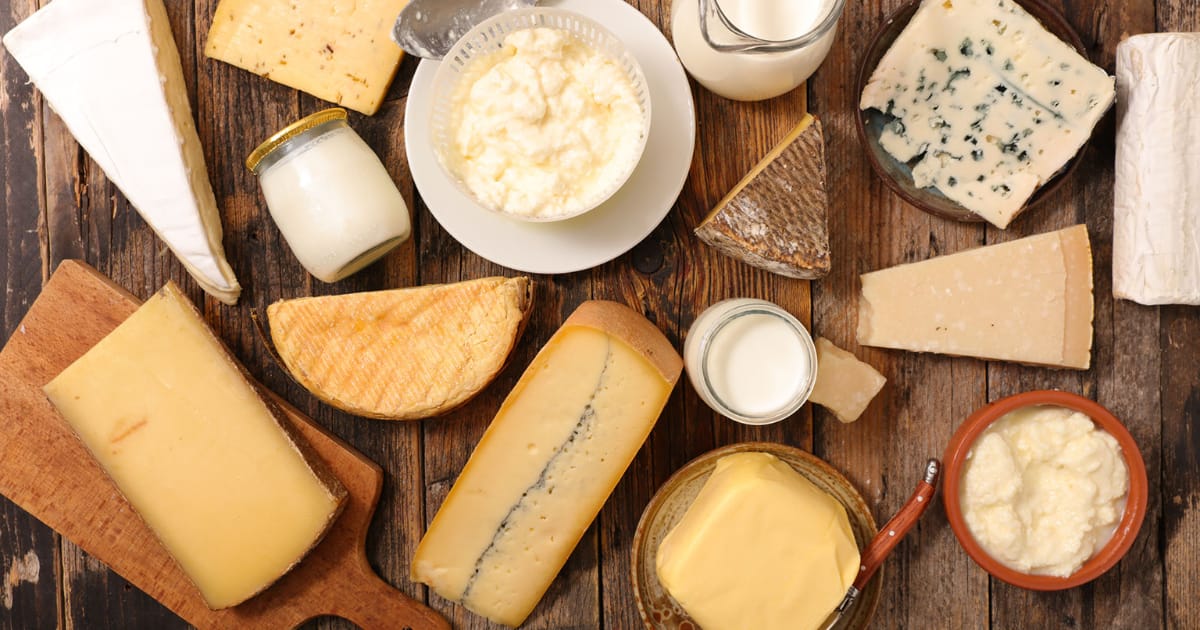
Dairy products are known for being packed with essential nutrients like calcium and vitamin D, but they may also be sources of saturated fat.
Let's look at popular dairy options to understand their fat content better.
Cheese

Cheese can be a delectable and satisfying addition to meals, but it's important to remember that it can also be high in saturated fat.
A 1-ounce serving of cheddar cheese contains around 6 grams.
But not all cheeses are created equal! For example, Feta and mozzarella contain less than cheddar and Swiss varieties.
Also, opting for reduced-fat or part-skim varieties can help cut back on unhealthy fat without sacrificing flavor.
Cream
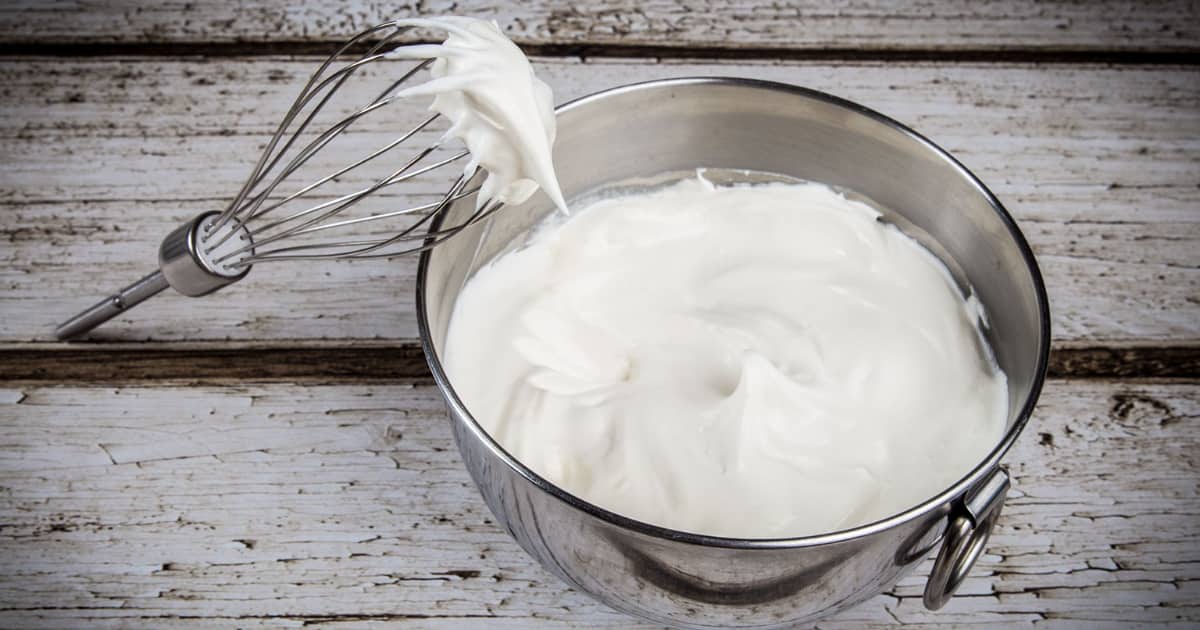
Whipped cream on top of a dessert or heavy cream in a sauce is notorious for its high saturated fat content.
Just one tablespoon of heavy cream contains around 4 grams.
To reduce the quantity of unhealthy fats in your recipes, consider using lighter alternatives like half-and-half or coconut milk; these plant-based options have harmful fat content.
Whole Milk
Whole milk is another dairy product that contains a substantial amount of saturated fat - an 8-ounce glass contains around 5 grams.
Switching to lower-fat options like 1% or skim milk can help you reduce saturated fat without sacrificing essential nutrients like calcium and vitamin D.
3. Processed Foods

Processed foods can be convenient and tasty but may contain unhealthy saturated fats.
Let's take a closer look at some common culprits so you can make healthier decisions when selecting your meals.
Fried Foods

Who doesn't enjoy the crispy crunch of fried foods? But, unfortunately, deep-frying can have an unhealthy amount of saturated fat.
Fries like chicken nuggets, french fries, and onion rings are typically cooked in hydrogenated oils full of unhealthy fats.
Instead of deep-frying your favorites to reduce saturated fat content without compromising taste buds, try baking, grilling, or air frying for reduced convenience and health risks.
Fast Foods
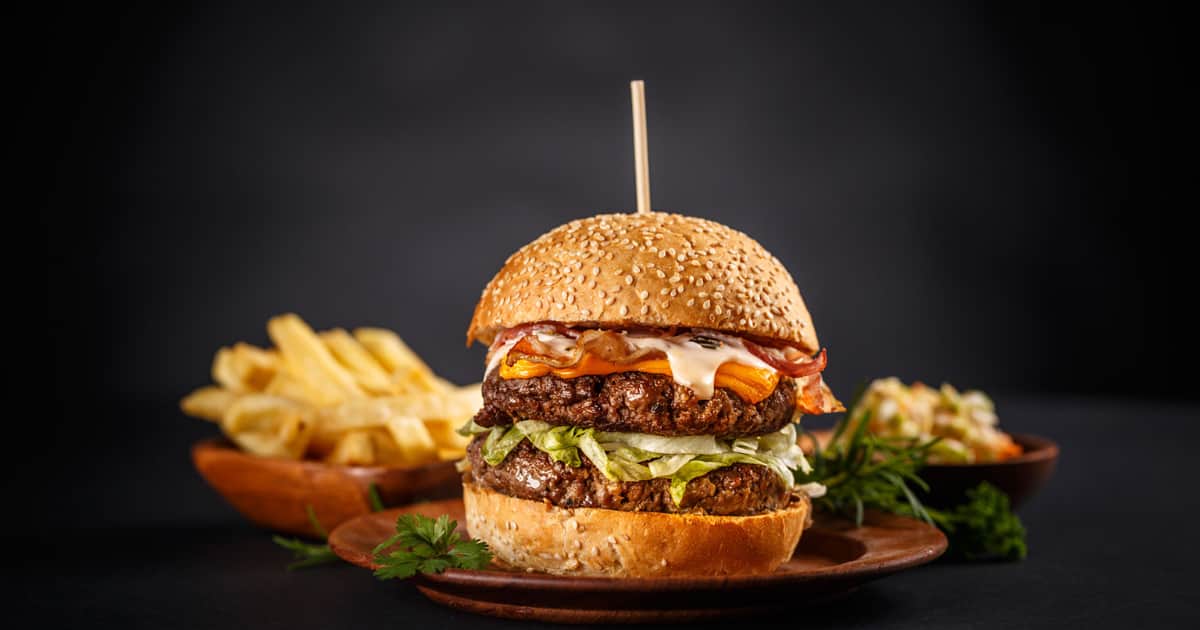
Fast food is often a go-to on busy days, but it's essential to be aware of the saturated fat content in popular meals.
For example, burgers and milkshakes can contain these unhealthy trans-fats.
When needing something quick but nutritious like hamburgers, burritos, and pizzas, consider healthier options like grilled chicken sandwiches, salads, or veggie patties, which help reduce saturated fat intake.
Snack Foods

Snackers like potato chips, crackers, and microwave popcorn often contain high levels of saturated fat due to the hydrogenated oils used in their production.
To satisfy your snack cravings without adding excess fats to your meals, consider switching up to alternatives like air-popped popcorn, whole grain crackers, or raw veggies with hummus for an alternative snack option.
Baked Goods

Fresh-baked cookies, cakes, and pastries can be irresistibly tempting but often contain high saturated fat.
Ingredients such as butter, shortening, and even some margarine contribute to this content, so moderation is key when indulging.
Alternatively, you could experiment with healthier baking alternatives by substituting them with unsaturated sources like olive oil or applesauce.
4. Oils and Fats
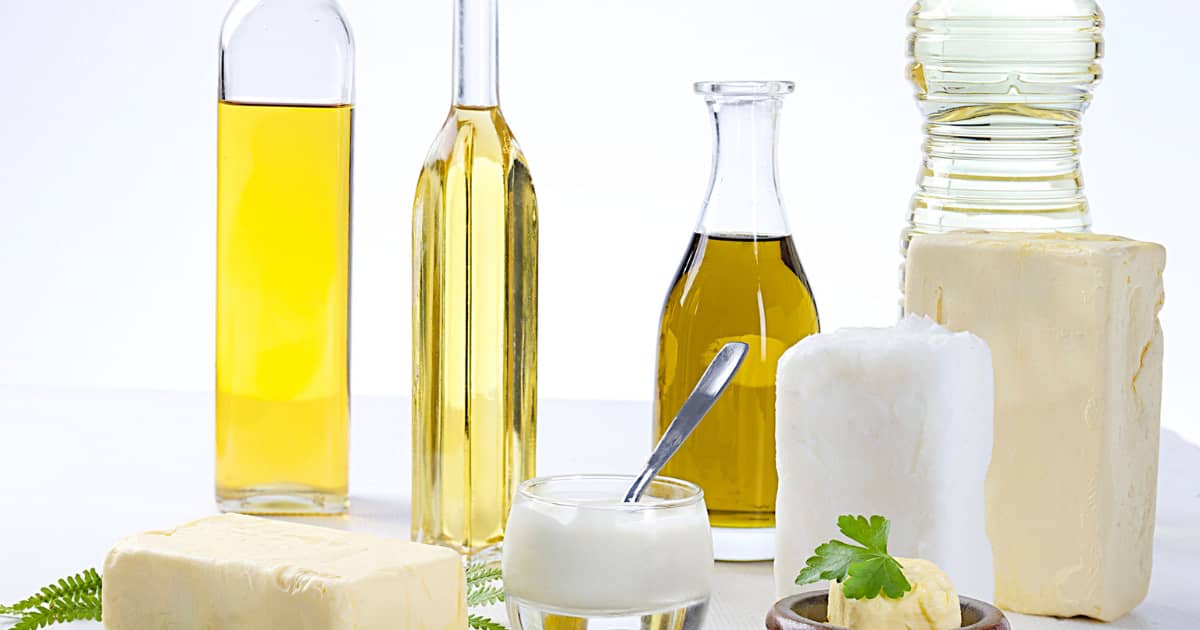
It's essential to be aware of the differences between oils and fats and their implications on your health.
We will look into everyday sources of saturated fats and discuss their potential advantages and drawbacks.
Moderation is key here; making informed choices will help ensure a balanced diet.
Some popular oils and fats and their saturated fat contents:
Coconut Oil

Coconut oil is a tropical oil extracted from mature coconuts. It's rich in medium-chain triglycerides (MCTs), which have numerous health benefits.
Although coconut oil contains high levels of saturated fat, its unique composition of MCTs has been found to affect heart health differently than long-chain saturated fats.
Furthermore, MCTs found in coconut oil are easily absorbed and used by the body for energy, making them popular among athletes and health buffs.
Caution should still be exercised as coconut oil still contains significant sources of this fat type.
Palm Oil

Palm oil, made from the fruit of oil palms, is a common ingredient in processed foods due to its versatility, natural preservative properties, and relatively low cost.
Although palm oil contains high levels of saturated fat, it also contains monounsaturated and polyunsaturated fats, which have been shown to have either no effect or beneficial effects on heart health.
Furthermore, palm oil production has raised concerns about deforestation and habitat destruction.
When using this oil, it's wise to opt for sustainably-sourced options instead.
Butter

Butter, made from cow's milk fat, has been a longstanding part of many cultures for centuries.
Though it contains high levels of saturated fat, recent research has challenged the long-held belief that butter harms heart health.
Studies have demonstrated that there may be more complex interactions between saturated fat and heart disease than previously believed; some types may even have a protective effect.
Furthermore, butter contains fat-soluble vitamins and other nutrients like conjugated linoleic acid (CLA), which could have potential health benefits.
Enjoy butter in moderation but consider grass-fed options for a more significant nutritional boost!
Lard
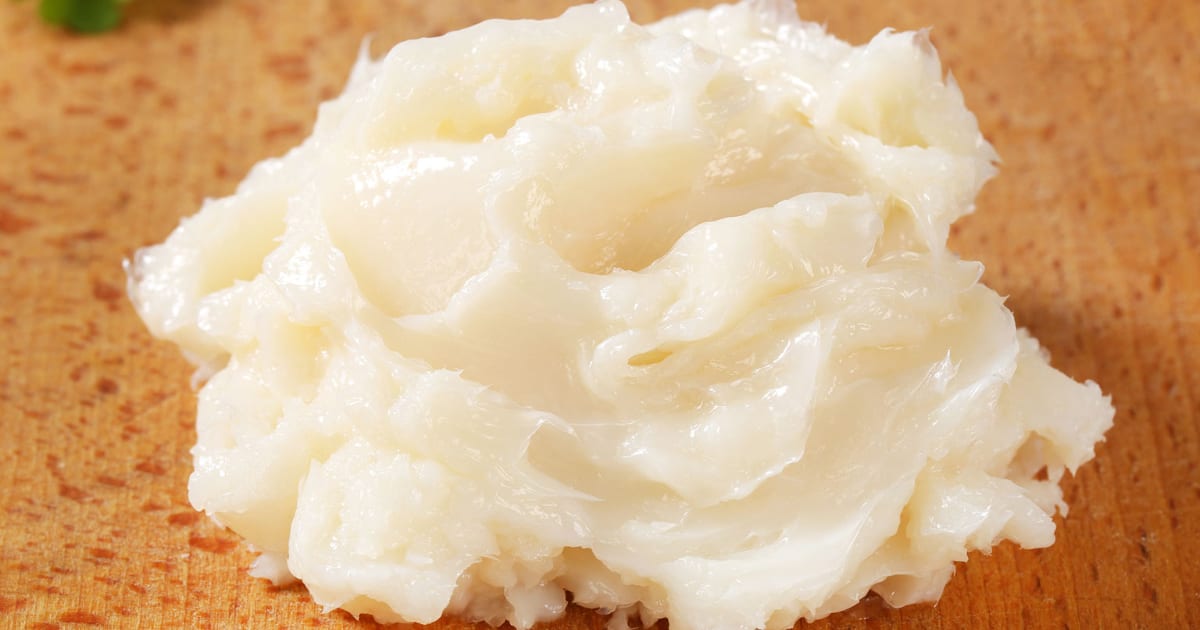
Lard, or pork fat, has long been used in cooking and baking. While it does contain saturated fat, there's also an impressive amount of monounsaturated fat, which may benefit heart health.
Lard offers a flavorful alternative to butter or shortening in recipes; when used sparingly, you'll add depth and richness.
Choosing high-quality, minimally processed lard from pasture-raised pigs provides the nutrient-dense and sustainable option you want for your dish.
5. Foods Low in Saturated Fat
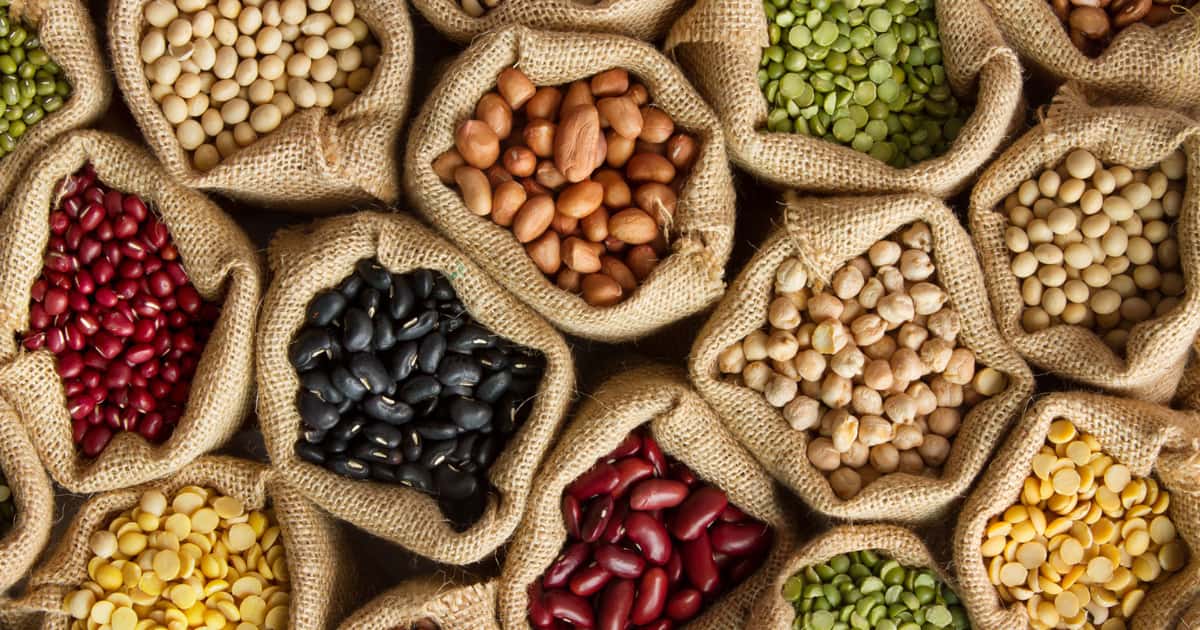
If you're trying to make healthier food choices and reduce your fat intake, adding certain items to your meals can be a great place to start.
Fruits and vegetables, whole grains, legumes, lean protein sources, nuts, and seeds are all examples of low-saturated-fat items with plenty of health benefits.
From delicious fruit salads to satisfying chickpea salads or vegetable soups - there are plenty of ways to enjoy these nutritious dishes.
Fruits and Vegetables
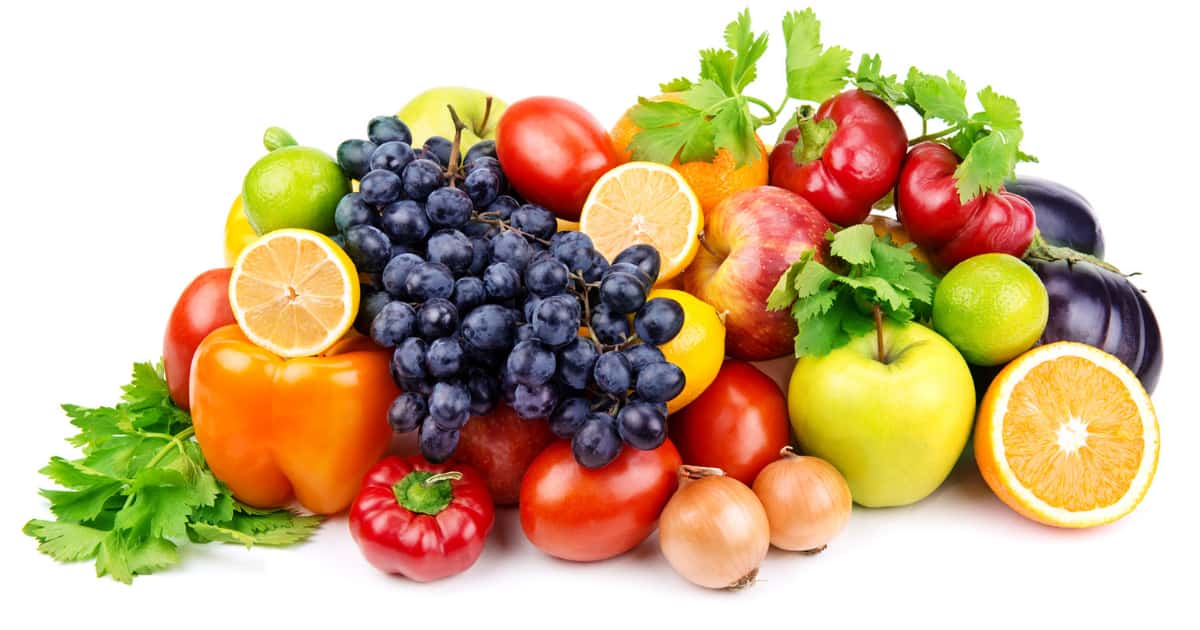
Did you know that fruits and vegetables are virtually free of saturated fats? That's correct!
Not only are they low in calories, but they are also packed with essential nutrients, vitamins, and minerals that promote overall health.
Fruits like apples, oranges, and bananas and veggies like spinach, kale, and carrots make excellent snacks or side dishes.
Why not enjoy a colorful fruit salad or make some tasty veggie stir-fry for dinner tonight?
Whole Grains

Whole grains are an excellent option for those looking to reduce their saturated fat consumption.
Packed with fiber, vitamins, and minerals, whole grains help regulate blood sugar levels and support a healthy digestive system - so opt for whole grain bread, brown rice, quinoa, or whole wheat pasta instead of refined versions.
Try making some delicious vegetable and barley soup, which can be very satisfying.
Legumes
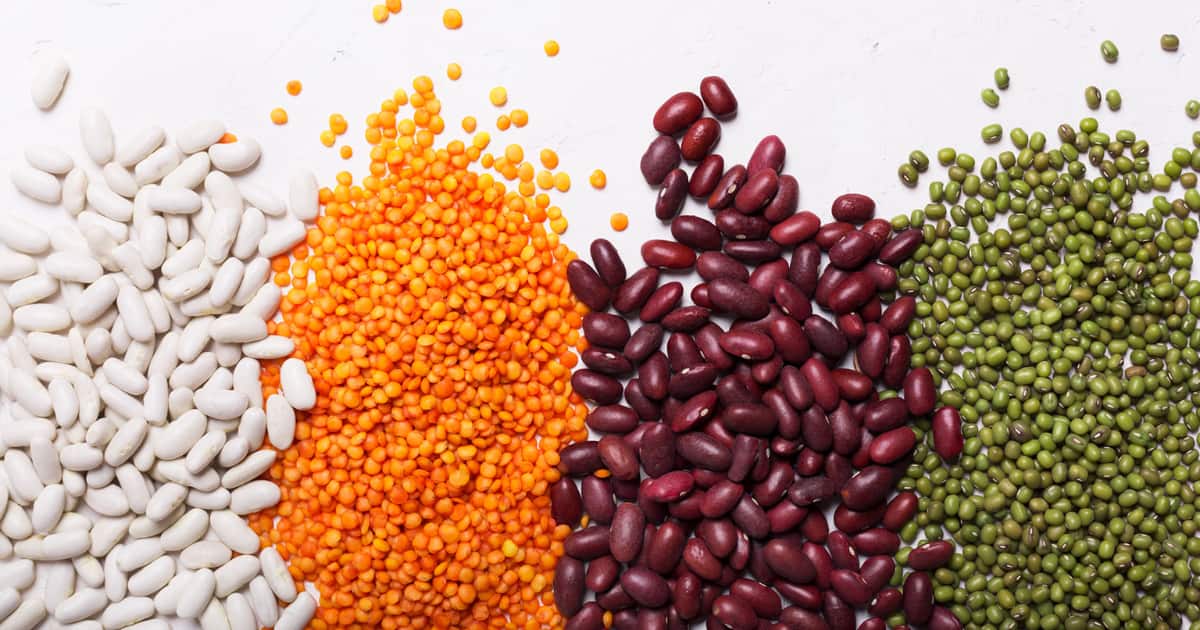
Legumes, such as beans, lentils, and peas, are protein powerhouses and low in saturated fats too!
As such, they can easily be included in your diet for a healthier alternative to animal-based protein sources.
Have you considered trying chickpea salad or black bean tacos for your next meal?
Lean Protein Sources

When selecting protein sources, opt for sources low in saturated fats.
Fish like salmon, tuna, and trout are packed with heart-healthy omega-3 fatty acids that make an excellent addition to any meal.
Nuts and Seeds
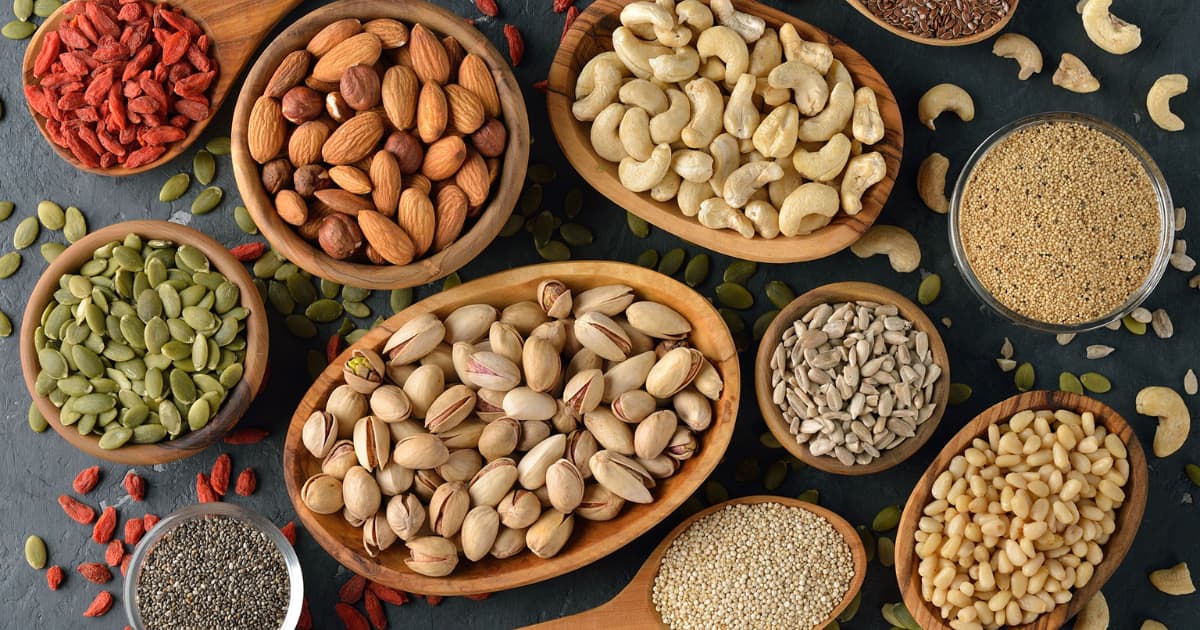
Nuts and seeds are delicious and versatile and packed with healthy fats such as monounsaturated and polyunsaturated fats.
Almonds, walnuts, and chia seeds are just some nuts that can help you maintain a low-saturated fat diet. But remember - moderation is key here since nuts/seeds tend to be high in calories.
Have you ever considered making almond butter or adding chia seeds to your morning smoothie? Give it a try.
FAQs
Are any potential health hazards associated with consuming too many saturated fats?
Overeating can have serious health consequences, such as weight gain and obesity.
In addition, saturated fats are calorie-dense, meaning that each serving increases caloric intake; consistently indulging in these types of meals could significantly increase body mass index over time.
They may raise LDL (low-density lipoprotein or "bad") cholesterol in your bloodstream.
Excess LDL cholesterol increases the risk of plaque buildup in arteries, increasing the likelihood of heart disease and stroke.
Studies suggest that an excessive saturated fat intake may contribute to insulin resistance, a condition in which your body doesn't use insulin efficiently.
This could lead to higher blood sugar levels and an increased likelihood of developing type 2 diabetes.
Does eating saturated fats increase the risk of heart disease?
Studies have repeatedly linked saturated fat intake with an increased risk of heart disease.
Consuming them may increase LDL cholesterol levels, contributing to arterial plaque buildup that narrows arteries, restricting blood flow to the heart and potentially leading to a heart attack or stroke.
Regarding them, remember that not all are created equal, and moderation should always be the goal when consuming them.
Food sources like dairy products or lean meats contain essential nutrients that should be included in any nutritious diet; however, it's best to balance saturated fat intake with healthier unsaturated fats for optimal heart health.
How can I reduce my saturated fat intake without compromising the taste or enjoyment of food?
Instead of deep-frying food, choose healthier methods like grilling, baking, steaming, or broiling.
Not only will these reduce the amount in your meals, but they still deliver delicious flavors!
Swap out high-fat ingredients with healthier alternatives. For instance, use avocado or olive oil instead of butter and opt for low- or fat-free dairy products.
You could also try plant-based protein sources like beans and lentils, naturally low in saturated fat.
Add extra flavor to your dishes by using herbs and spices in creative combinations.
Not only do these natural additives reduce reliance on fatty ingredients, but they don't compromise taste either!
When dining out, choose dishes with lean proteins like grilled chicken or fish and side dishes of steamed or roasted vegetables.
Be mindful of sauces and dressings, which may contain high levels.
Don't hesitate to inquire with your server about healthier alternatives or modifications to your meal.
Conclusion
It is essential to be aware of foods high in saturated fats as they can lead to various health issues like heart disease, obesity, and diabetes.
Foods high in these fats include animal-based products like butter, cheese, meat, and full-fat dairy items.
It is advisable to limit or avoid these items and substitute them with healthier options like fruits, vegetables, whole grains, and lean protein sources in your diet.

